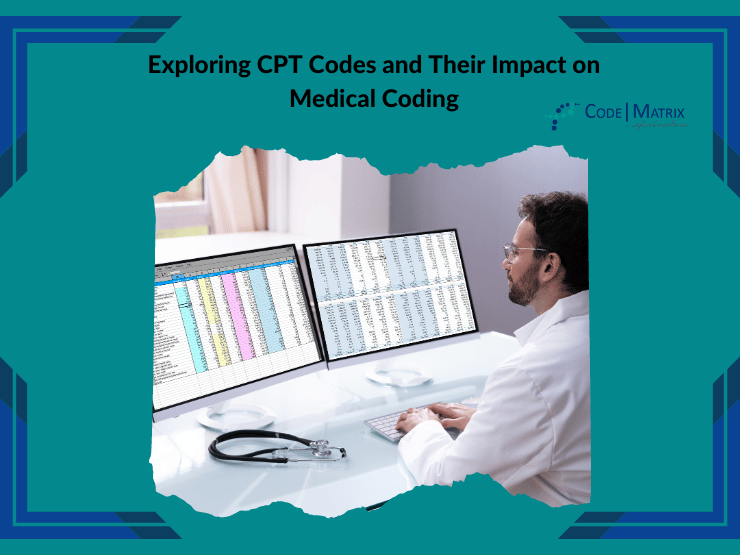In today’s complex healthcare landscape, accurate medical coding is essential for healthcare providers and insurance companies. Central to this process are Current Procedural Terminology (CPT) codes, which categorize and standardize medical procedures and services. Understanding different CPT codes is crucial for medical professionals and health care providers alike.
CPT codes serve as a common language for medical procedures, facilitating communication between healthcare providers, health insurance companies, and government entities. For example, let’s consider a scenario where a physician performs a colonoscopy procedure. By using the specific CPT code for a colonoscopy, the procedure can be accurately documented, billed, and reimbursed by insurance providers. This ensures seamless health care services and proper compensation for services rendered.
With the ever-evolving nature of medical services and advancements, staying up-to-date with different CPT codes is essential for qualified health care professionals to ensure accurate coding and reimbursement.
What are the different types of CPT Codes?
The American Medical Association (AMA) developed and maintained CPT codes which consist of a five-digit alphanumeric code set that represents specific medical procedures, treatments, and services. They provide a standardized method for reporting healthcare services, allowing for effective communication and uniformity across the industry.
Evaluation and Management (E/M) Codes
E/M codes are 99091 and from 99202 – 99499. They are used to report patient encounters, such as office visits, consultations, and hospital visits. They encompass various levels of complexity, considering factors like patient history, physical examination, and medical decision-making. Accurate E/M coding ensures proper reimbursement for the time and effort spent on patient care.
Surgical Codes
Surgical codes range from 10004 – 69990. They categorize procedures that involve incisions or invasive techniques. These codes specify the type of surgery performed, the complexity of the procedure, and any additional considerations, such as anesthesia. Proper surgical coding ensures accurate and proper reimbursement for surgical interventions.
Diagnostic Codes
Diagnosis codes are numbered 70010- 76499. They are often called ICD-10 codes, and complement CPT codes by providing information about the patient’s diagnosis. These codes classify diseases, conditions, and symptoms. When used in conjunction with CPT codes, diagnostic codes provide a comprehensive picture of the patient’s healthcare encounter, aiding in accurate coding and documentation.
Radiology Codes
Radiology codes range from 70010 – 79999. These codes pertain to imaging procedures such as X-rays, MRIs, and ultrasounds. These codes indicate the type of imaging performed, the body part examined, and any special considerations. Accurate radiology coding ensures appropriate billing for imaging services and facilitates communication between radiologists and referring physicians.
Laboratory Codes
Laboratory codes go from 80047-89398. They are used to report laboratory tests and procedures, such as blood tests, urine analyses, and pathology services. These codes indicate the specific test performed, the methodology used, and the purpose of the test. Proper laboratory coding is essential for accurately documenting and accounting for diagnostic tests.
By understanding and appropriately utilizing different CPT codes, qualified healthcare professionals can ensure accurate medical records, proper coding, and streamlined communication across the healthcare system.
Expert Medical Coding Services
“Accurate coding is the foundation of proper healthcare reimbursement. It ensures that healthcare services are appropriately recognized and valued, leading to improved patient care and financial sustainability.”
This quote emphasizes the crucial role that accurate coding plays in healthcare reimbursement. By using the appropriate CPT codes, healthcare providers can ensure that the services they provide are properly recognized and valued, leading to improved patient care and financial stability.
In conclusion, understanding different CPT codes is essential for medical professionals and healthcare administrators involved in medical coding processes. These codes serve as a standardized language for reporting medical procedures, ensuring accurate documentation, proper coding, and streamlined communication within the healthcare system.
As you wind up reading this article, remember the importance of staying updated with the latest developments in CPT coding and its impact on medical coding and reimbursement. For more information or assistance with medical coding services, contact CodeMatrix MedPartners LLC at 316-519-4037.




